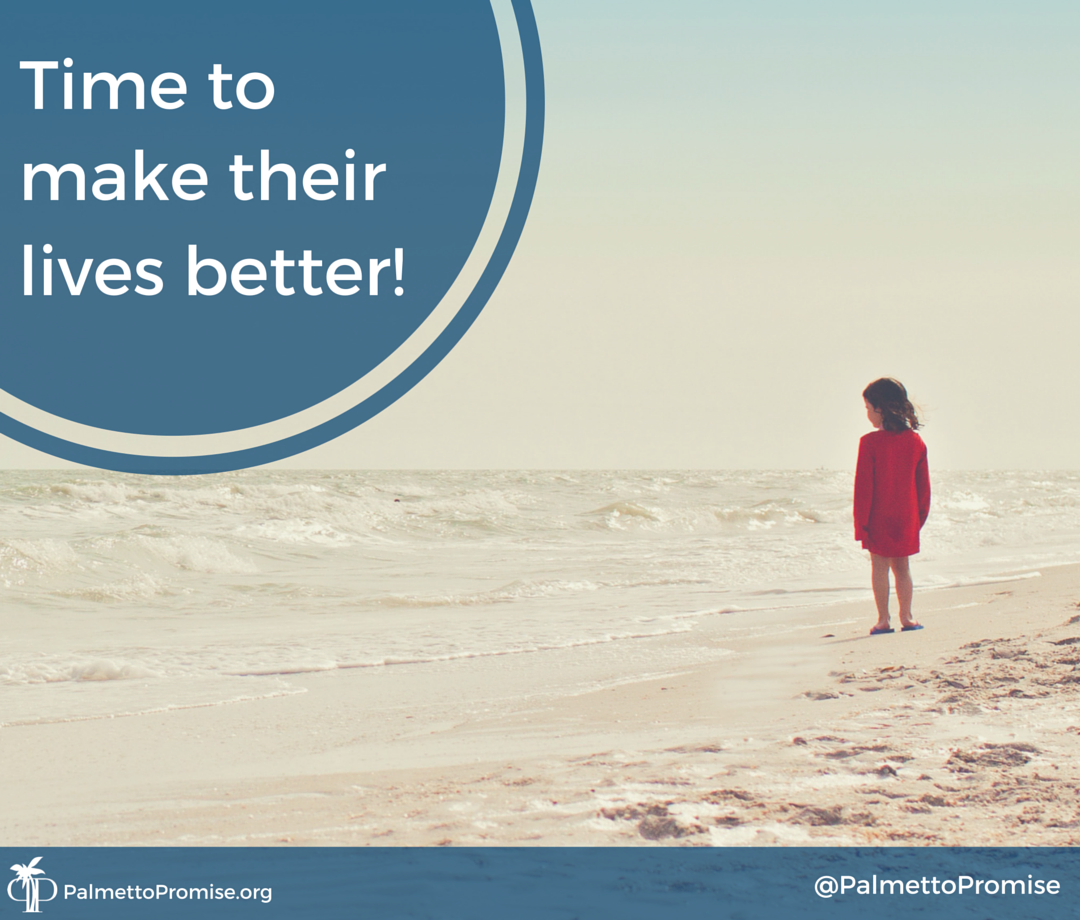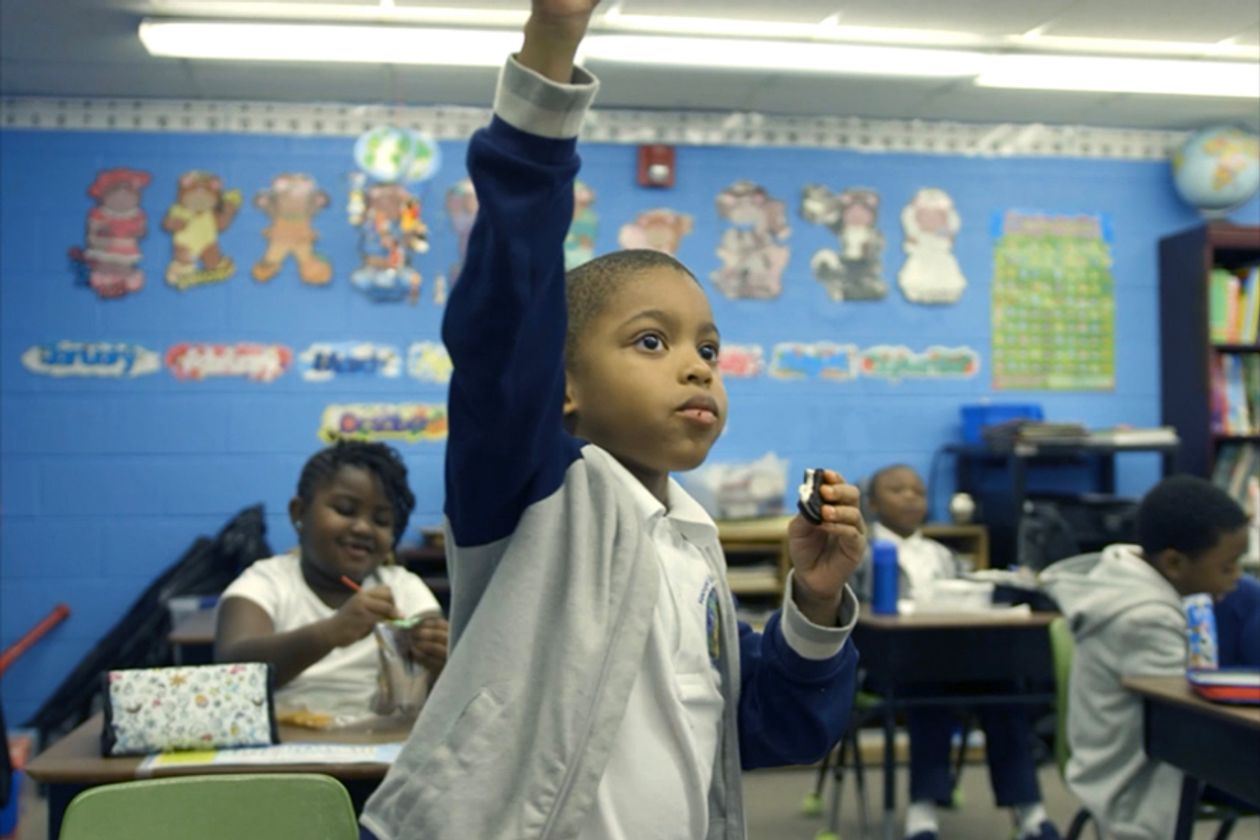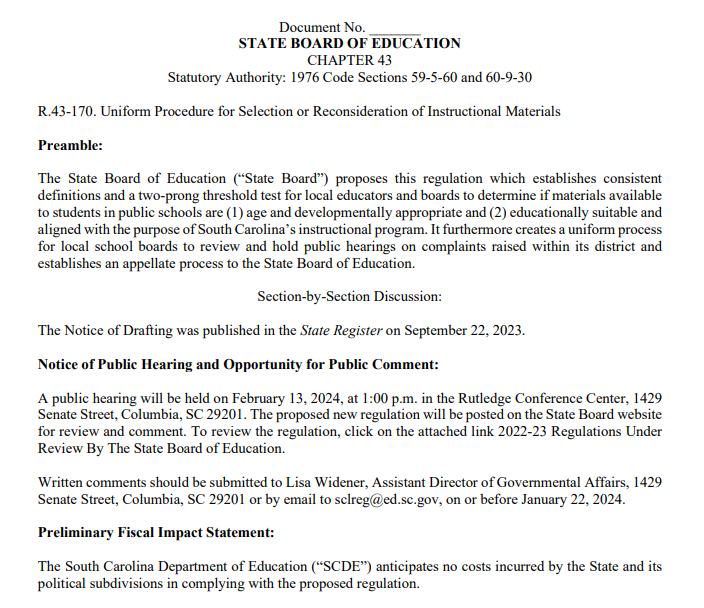A Child’s Life In The Palmetto State

Adam Crain
Each year, the Annie E. Casey Foundation, a left of center non-profit which specializes in monitoring and promoting the welfare of children, releases their publication Kids Count: State Trends in Child Well-Being. In order to rank states on overall child well-being, Kids Count measures four different indicators which include economic conditions, education, health, and family & community.
The Charleston Post and Courier reports that although South Carolina has steadily improved over the last few years, 2016 saw South Carolina ranked at 41 out of 50 on overall child well-being. Let’s take a look at some of the conclusions Kids Count derived from their data:
Indicator #1: Economic well-being
- South Carolina ranks 37th
- From the Report: “Nationally, 22 percent of children (15.7 million) lived in families with incomes below the poverty line in 2014, up from 18 percent (13.2 million) in 2008, representing nearly 2.5 million more children in poverty. After climbing for several years, the child poverty rate dropped between 2012 and 2013 and remained unchanged in 2014.”
- Our take: With so many federal regulations and so much bad public policy coming down from the federal government, it is no wonder that economic development since the Great Recession has been slow. Despite the unemployment rate returning to around 5%, the workforce participation rate is the lowest it has been in decades. We have reported how Obama regulatory costs cannot help but squelch small business opportunity and how Obamacare has raised premiums and hurt quality of care, ultimately hurting your bottom line. While some regulations are necessary, the driver of our economy are small business, who have been crushed with one-size-fits-all regulation in the last decade. The report findings demonstrate that this ultimately hurts kids.
Indicator #2: Education
- South Carolina ranks 43rd
- From the Report: “Nationwide, more than two-thirds (68 percent) of public school eighth graders were not proficient in math in 2015. Although this is a slight improvement from the 2007 rate of 69 percent, the rate was lower in 2013 (66 percent).”
- Our take: It is no secret that the education status quo is woefully ill-equipping students to reach their potential in the job market or in college. Last week we reported that although graduation rates in South Carolina are rising, proficiency in reading and math is declining. Clearly, there is a disconnect between graduation requirements and effective teaching and learning. It is precisely because the status quo is not working that more school choice programs are necessary to lift children out of failing schools and to put education back in the control of parents, not bureaucrats in Columbia or Washington. New opportunities such as the revised tax credit scholarship program, course access, and Education Savings Accounts are all included in Palmetto Promise’s H.O.P.E. Plan. They are promising answers to a persistent problem.
Indicator #3: Health
- South Carolina ranks 37th
- From the Report: “In 2014, 18,666 children and youth ages 1 to 19 died in the United States, which translates into a mortality rate of 24 per 100,000 children and teens. The rate declined dramatically from 1990, when it was 46 per 100,000, resulting in roughly 12,412 fewer deaths in 2014.”
- Our take: There is little more important than the physical health of the kids in the Palmetto State. While health is related to far more than just healthcare (kids in poverty are for more likely to have health problems, for example), South Carolina has held the line and even made some small gains to provide better care at lower costs and put patients in charge of their health care decisions. Volunteer Care, Right to Try, and rejecting Obamacare’s Medicaid expansion to working-aged, able bodied adults are just some of the steps South Carolina has recently taken to pave the way for more patient-friendly measures down the road. But much remains to be done…and it starts with getting health care decisions out of Washington.
Indicator #4: Family and Community
- South Carolina ranks 42nd
- From the Report: “The percentage of children living in single-parent families rose from 32 percent in 2008 to 35 percent in 2014, representing an increase of 2 million children.”
- Our Take: Study after study show that kids living in a two parent home have more opportunities for success than those children living in a single parent home. The disintegration of the family is a contributor to bad education in the home, poor health, and low socio-economic trends. Last year, 74% of African American babies were born out of wedlock. It is difficult to have a flourishing civil society with widespread disintegration of the family unit like we have seen in America and Europe. From the public policy angle, one major initiative in South Carolina stands out. Encourage your legislator to pass the Safe Families Act next session. This bill will ease the burden on our bloated Foster Care System and provide an outlet for parents to get the help they need for themselves without endangering their child in the process. There is more to do, but Safe Families is a good place to start.
So are we glad that over the past few years South Carolina has improved in ranking in the Kids Count report? Absolutely! But there is still so much left to do to ensure a good quality of life for kids of the Palmetto State.
We hope you join us in this very important mission to impact children’s lives for the better. Because the children of today need to be equipped for leadership tomorrow!




